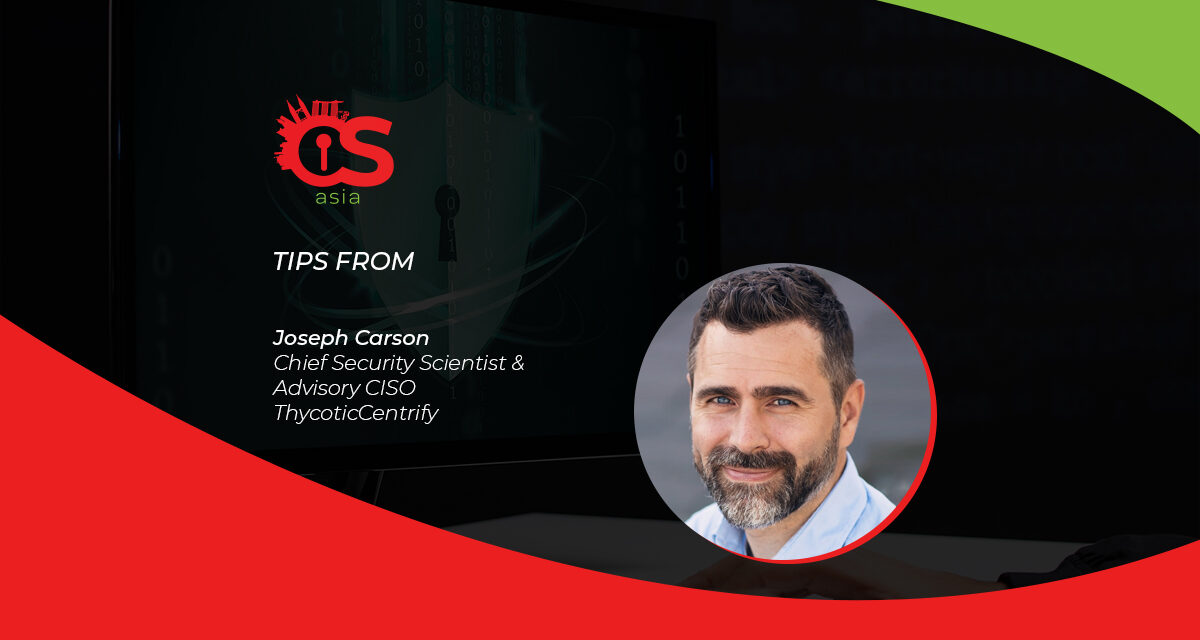Remote-working and digitalized workflows now expose the cyber vulnerabilities of cloud-based workflows. How can organizations step up their perimeter control?
With many organizations having pursued rapid and reactionary transitions to maintain productivity and business continuity, it is now time to discover the exposed risks and security threats of cloud-based operation.
The Cloud has created immense opportunity, but equally it has presented new security risks. As workforces go remote, an ever-greater number of devices and applications are leaving their digital footprints online. Unfortunately, cybercriminals are actively taking advantage of this.
Tackling cybercrime is a challenge of cloud migration, yet it is not the only one: insider risks are also a potential menace. Without proper security protocols, staff may also be able to take advantage of their access to sensitive data, while former employees may retain access to confidential information long after they have left.
Introducing privileged access management
Given the multi-faceted threat landscape, security considerations must be a priority for cloud migration. More than ever before, companies have a responsibility to protect sensitive information, ensure compliance and prevent unauthorized access to systems.
Privileged Access Management (PAM) is a way in which this can be achieved. PAM securely manages users’ privileged access, adding additional security controls and enforcing the principle of least privilege. In doing so, an organization’s attack surface is significantly reduced, preventing or mitigating the damage that may arise from external attacks or insider threats.
Also, criminals often target privileged users—those that can access valuable or sensitive information. With PAM, securing user privileges where possible will improve overall security, and limit possible lateral movements and breach potential. By forcing cybercriminals to take more risks, PAM can ultimately create more noise on the network, giving defenders a better chance at detecting attacks.
Even phishing attacks, which are now almost inevitable given their increasing sophistication, can be managed and mitigated by achieving holistic visibility over who has access to data, applications and systems.
So, how can PAM be used to transform enterprise visibility, in a multi-hybrid cloud world where cloud-based operating models coexist with on-premises environments?
Cloud migration with PAM security
Primarily, PAM requires continuous authentication and authorization, moving security to a level of sophistication far beyond the traditional password, into the realm of Zero Trust access.
Instead of providing all users with an insecure way of accessing a company’s entire digital asset portfolio, the principle of least privilege can be used where employees are only permitted to access the data that they need to complete their specific function, backed up by continual multi-factor authentication.
Not only does this bolster security, but it addresses a key pain point for CISOs: transparency and auditability. PAM tracks the access of individuals in a holistic way, allowing specific instances to be monitored and flagged if anything seems suspicious.
In this way, visibility in both on-premises and cloud environments is transformed. It creates an audit trail, allowing breaches to be spotted earlier and traced back to specific points of access.
At the end of the day, PAM can offer insight into levels of risk that can be adjusted depending on the threat landscape. In particular, the ability to manage access with continuous authentication and authorization is key in terms of granular control.
In fact, for organizations migrating to cloud environments, PAM is an essential solution in creating an adaptive risk-based model that allows a security team to increase and decrease the security fence as required. Identity is the new perimeter, and PAM is the perimeter security for access.





















